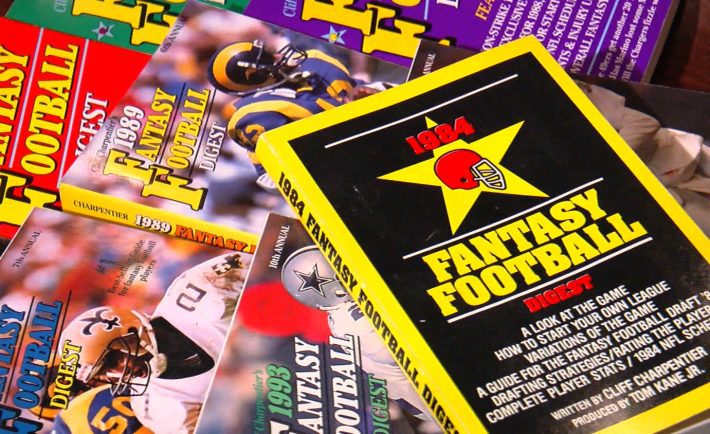
Fantasy football has been around since 1962, but it’s only taken off in the last decade or so. People who love football, people who love statistics, and even just people who like a challenge can face off against coworkers, family, or sometimes strangers in fantasy football. But it wasn’t always so easy.
Wilfred Winkenbach
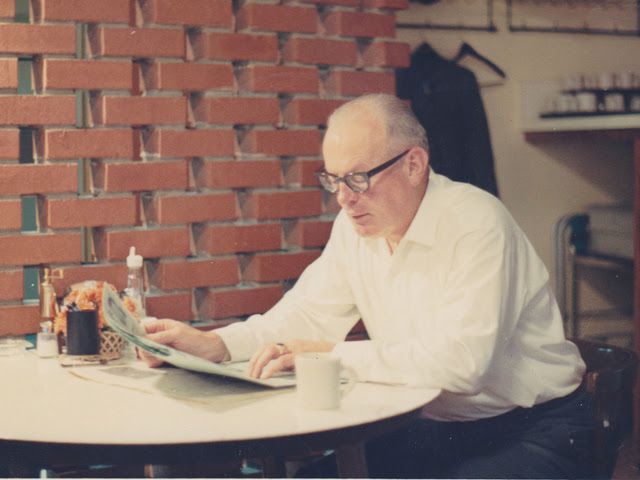
Back in the 1960s, the Oakland Raiders were not doing well. One man, Wilfred Winkenbach, had a financial stake in the team but no say in how it was run. He wasn’t making much from his Raider’s stake, but he was playing fantasy forms of golf and baseball.
In 1962, in the Manhattan Hotel (now known as the Marlton), Winkenbach and two writer friends had some drinks and designed a fantasy football league with rules and regulations that would allow fans to play from home. Together they created the first fantasy football league: the Great Oakland Professional Pigskin Prognosticators.
Early play
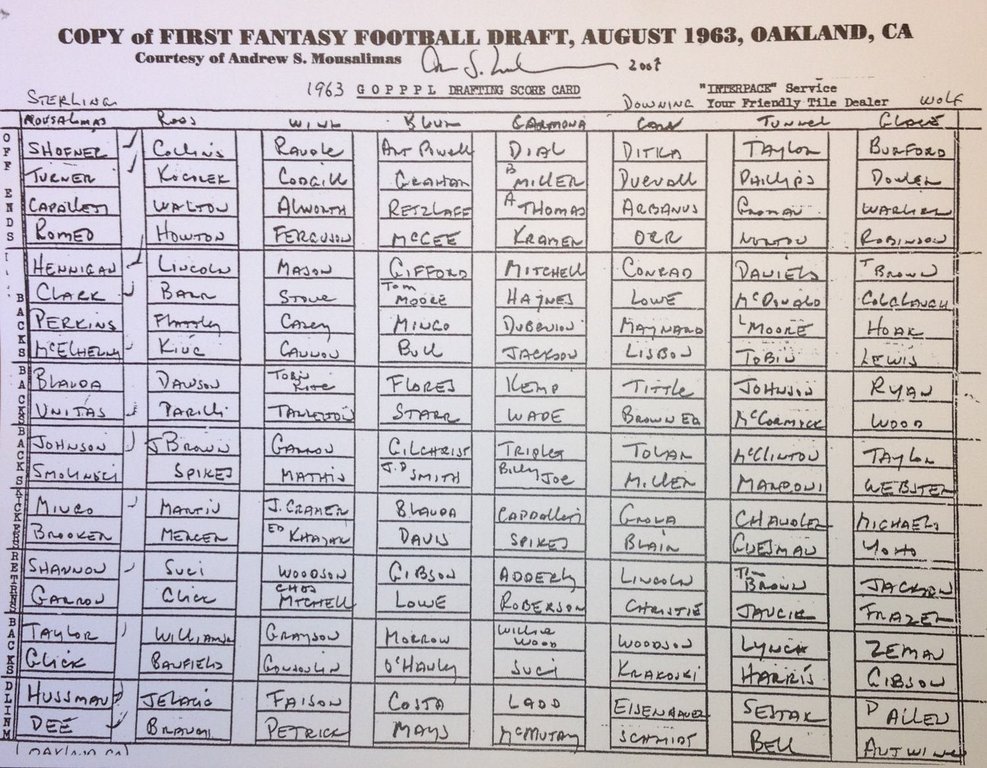
Today, nearly 40 million people play fantasy football. And the internet makes it easy to start a game, keep up with one, connect with other players, and make choices on the run. With a fantasy football draft kit, you can make fast, smart decisions about your team. But it wasn’t always so easy.
To find out what was going on back then, you had to get information about scores and stats from the league’s secretary. A lot of players were sportswriters, and that’s because they had an advantage. All rosters had to go to your league’s commissioner, in handwritten form, by Friday each week.
If you wanted to play fantasy football back in the day, you also had to be someone who knew someone connected to the Oakland raiders, so the league was a very limited club.
Taking it to the masses
In the latter part of the 1960s, one of the original league players, Andy Mousalimas, bought the King’s X bar in Oakland, California. One of the staple events at the bar was fantasy football, which he opened up to anyone who came in.
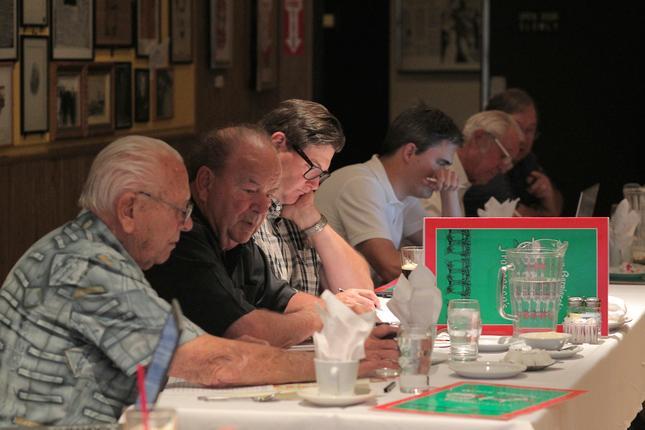
There at the bar the rules changed a bit, too. The way the league calculated yardage got an adjustment, and they started using defensive teams and special teams instead of all individual players. And they opened the game up to women with the King’s X Lady’s Division.
Perhaps the best part of Andy’s plan was that players had to send in their roster in person on Friday night. You couldn’t phone it and you couldn’t fax it. This meant the bar was packed out every Friday.
National spread
Of course something as innovative and fun as fantasy football couldn’t stay confined in an Oakland bar for very long. People moved and word spread, and pretty soon there was a league in New York, in the La Rotisserie Francaise.
In the mid 1980s, some friends in Minnesota started publishing a magazine for fantasy football fans. Their Fantasy Football Digest helped make the rules clear (and made them a lot of money).
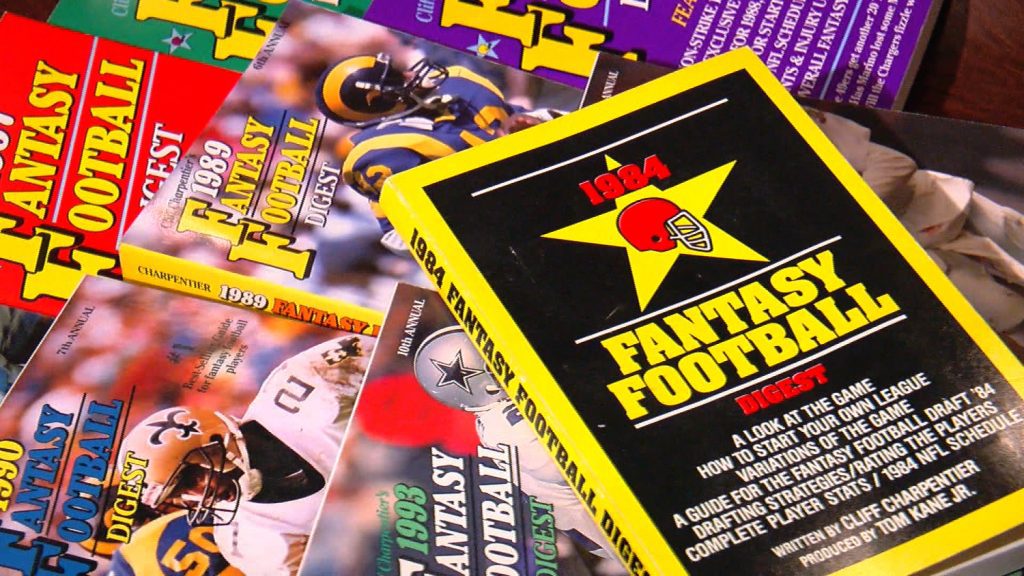
By the end of that decade, primitive computer programs were helping players keep track of their choices and stay involved with their leagues. It was still a lot more work than today’s leagues, but things were going mainstream fast.
Internet revolution

As with many other areas of life, the internet changed everything. The same year that the internet’s first three free leagues opened up, Kurt Warner started destroying NFL records and inspiring more people to get into fantasy football.
Today you can play with anyone you like on free leagues from the NFL and many other sites. You can even play for money if you’re so inclined, and you can get all the info you need without leaving your room. It’s never been easier to play, but it’s just as much fun as it ever was.




